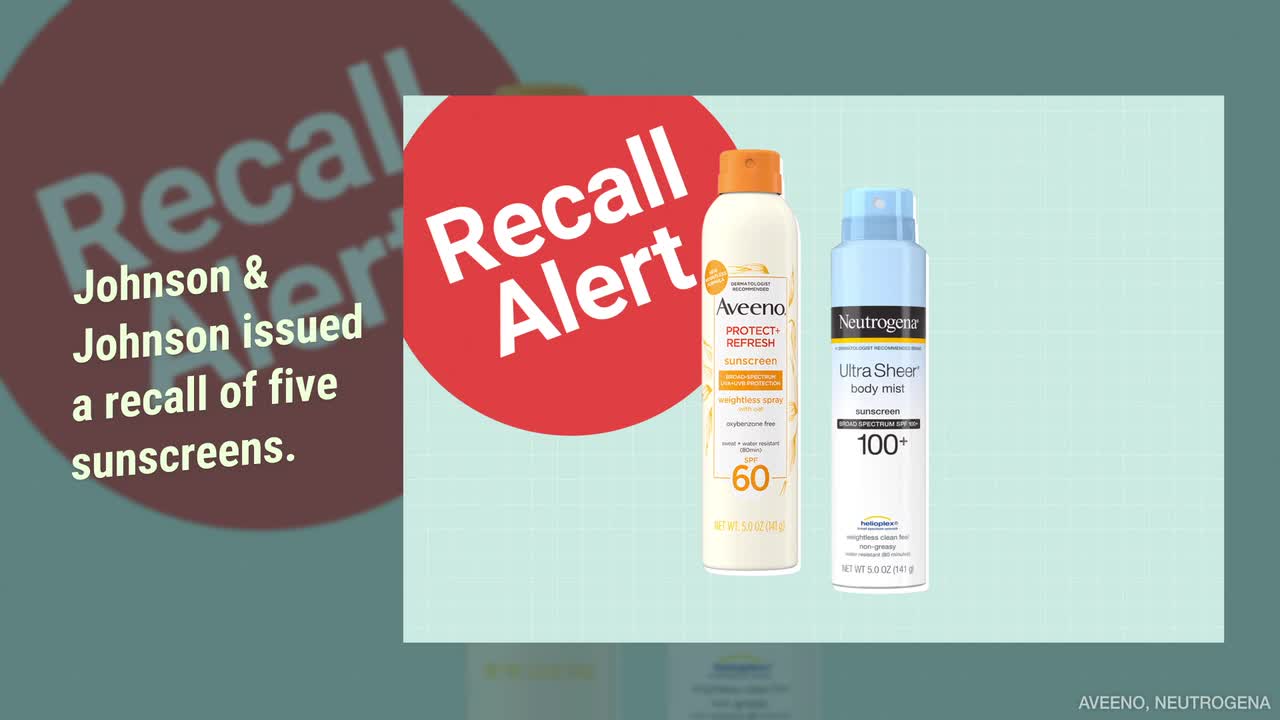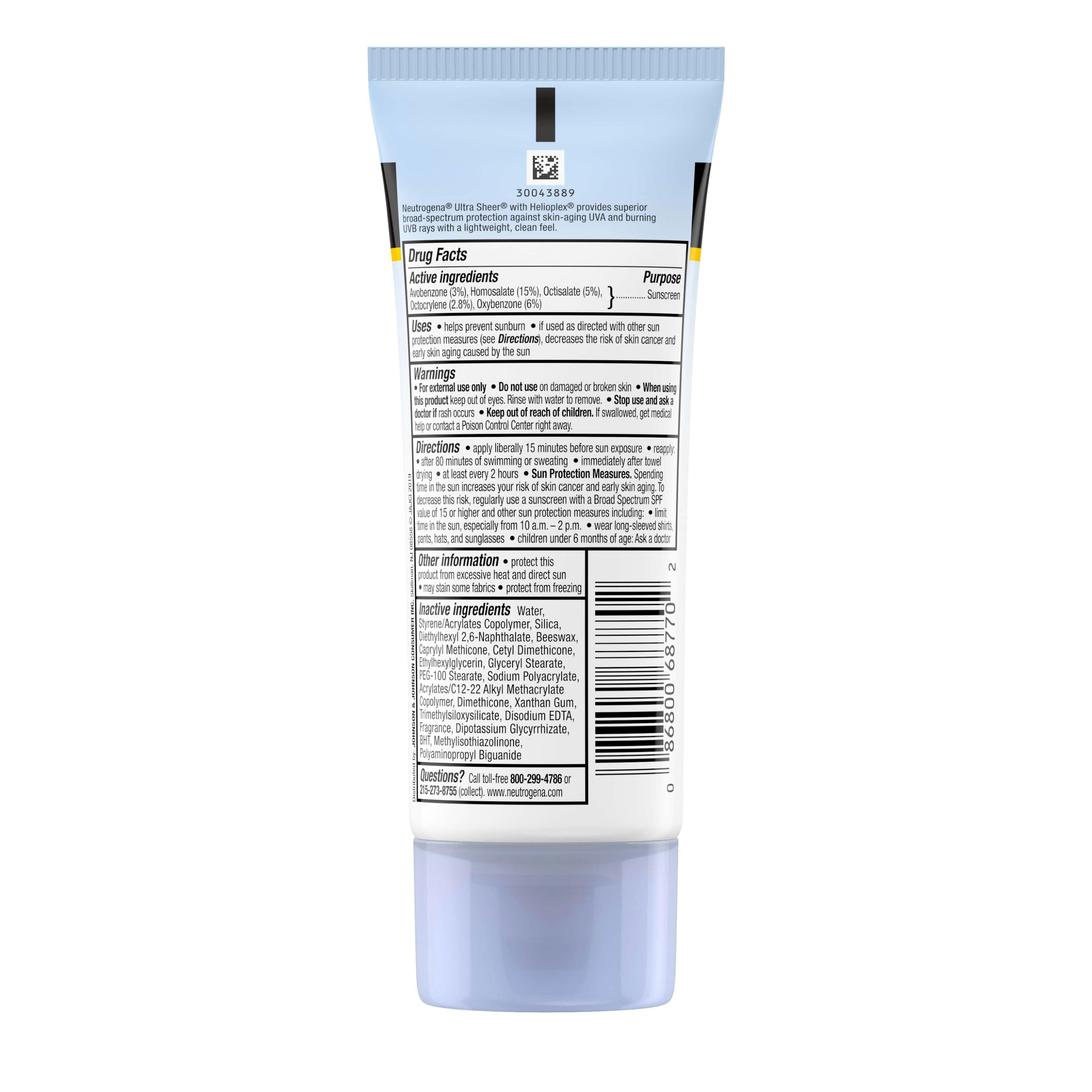

Industry members fired back at EWG’s findings.Īlexandra Kowcz, chief scientist for the Personal Care Products Council, said in a statement that “oxybenzone is one of the few FDA-approved ingredients that provides safe and effective broad-spectrum protection and has been approved and safely used since 1978.” A study published this month in the journal Science found that oxybenzone endangered coral reefs - particularly those already suffering bleaching events due to climate change. A 2019 study from the National Toxicology Program also detected an increased rate of thyroid tumors in female rats that could stem from oxybenzone exposure.Īnd the chemical’s implications go beyond people. A 2008 study from the Centers for Disease Control and Prevention found that the chemical had been detected in the bodies of around 97 percent of Americans. But the compound poses other health concerns, including potentially disrupting hormones, as well as damaging and penetrating skin.Īndrews highlighted oxybenzone as a leading ingredient to avoid in sunscreens.
#Neutrogena sunscreen recall batch number skin#
A major concern in some chemical sunscreens is the presence of oxybenzone, which can protect the skin from UV rays. Of the nearly 2,000 products tested, only 1 in 4 met EWG’s standard for adequate protection, while also steering clear of ingredients the group deemed “worrisome.”Ĭhemical sunscreens drew the bulk of the scrutiny, including many spray products, as aerosols can more swiftly expose people to contaminants via inhalation. This year’s guide revealed some ominous findings - namely that about 75 percent of more than 1,850 products either offered insufficient protection from the sun or contained ingredients potentially harmful for human health. Earlier this month, EWG released its 16th annual Guide to Sunscreens, which closely assesses the risks and rewards associated with a wide range of options. Some advocacy groups have been thinking about these issues for years - even more so as people increase their time outdoors to stay safe amid a deadly pandemic. Chemical sunscreens have meanwhile set off alarm bells as regulators look more closely at their health and environmental impacts.

Mineral sunscreen can wash off easily and is often associated with thick white streaks that can be unappealing for users. Chemical alternatives, by contrast, absorb those rays in order to protect skin.īoth come with trade-offs. Mineral options deflect the sun’s rays through titanium dioxide or zinc oxide, inorganic compounds that prevent penetration from ultraviolet rays. Many sunscreens also range in efficacy and trade-offs for human health. States like Hawaii and Florida have targeted certain chemicals in sunscreens in an effort to protect fragile ecosystems ( E&E Daily, July 30, 2021). Multiple studies have shown that some sunscreens can damage coral reefs and have a broader impact on the ocean. But growing attention to environmental impacts linked to sunscreen have drawn scrutiny in recent years, as has mounting public awareness around chemicals and their ubiquity in everyday products.Īnd the more consumers look, the more problems they are likely to find.

Risks associated with certain sunscreens have often flown under the radar, in no small part because the products themselves are crucial for averting health problems.


 0 kommentar(er)
0 kommentar(er)
